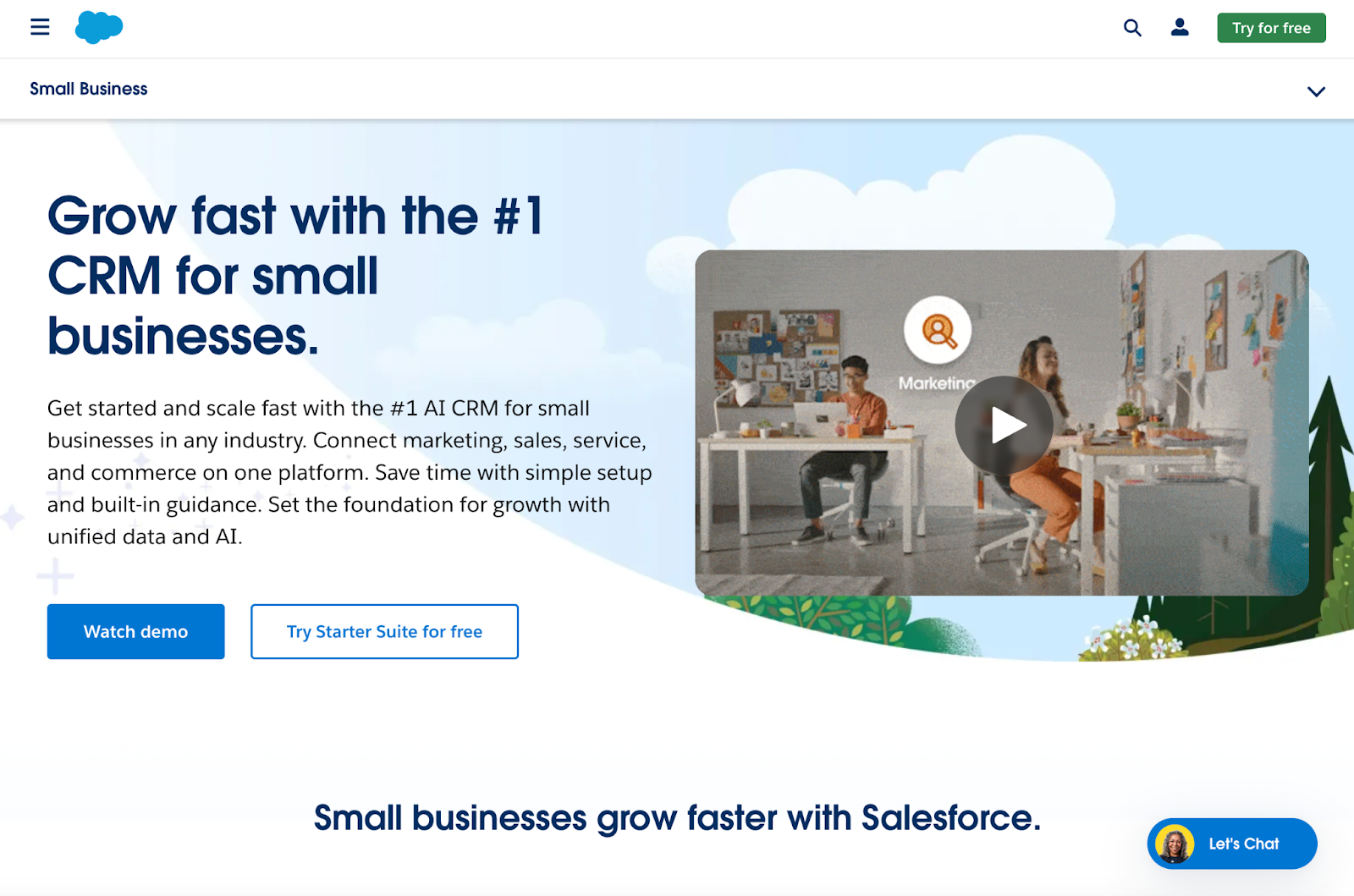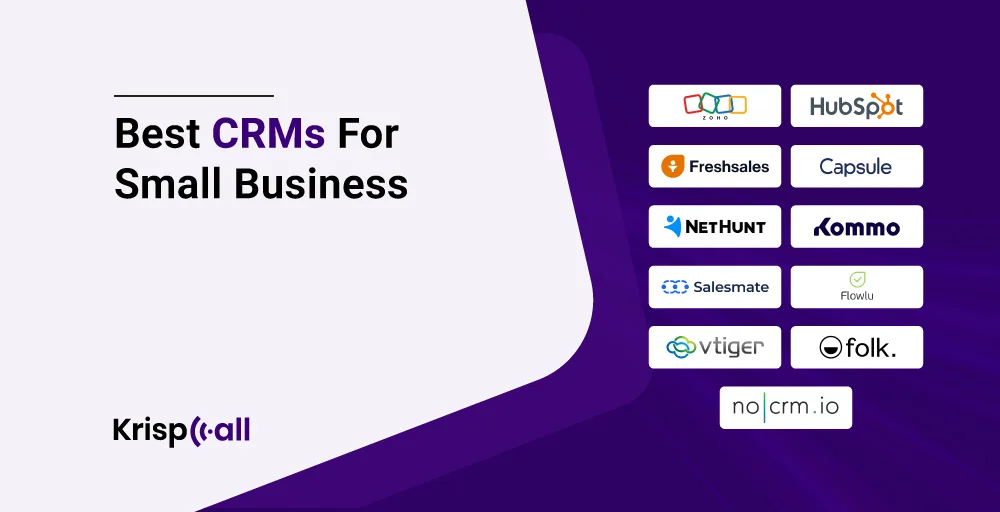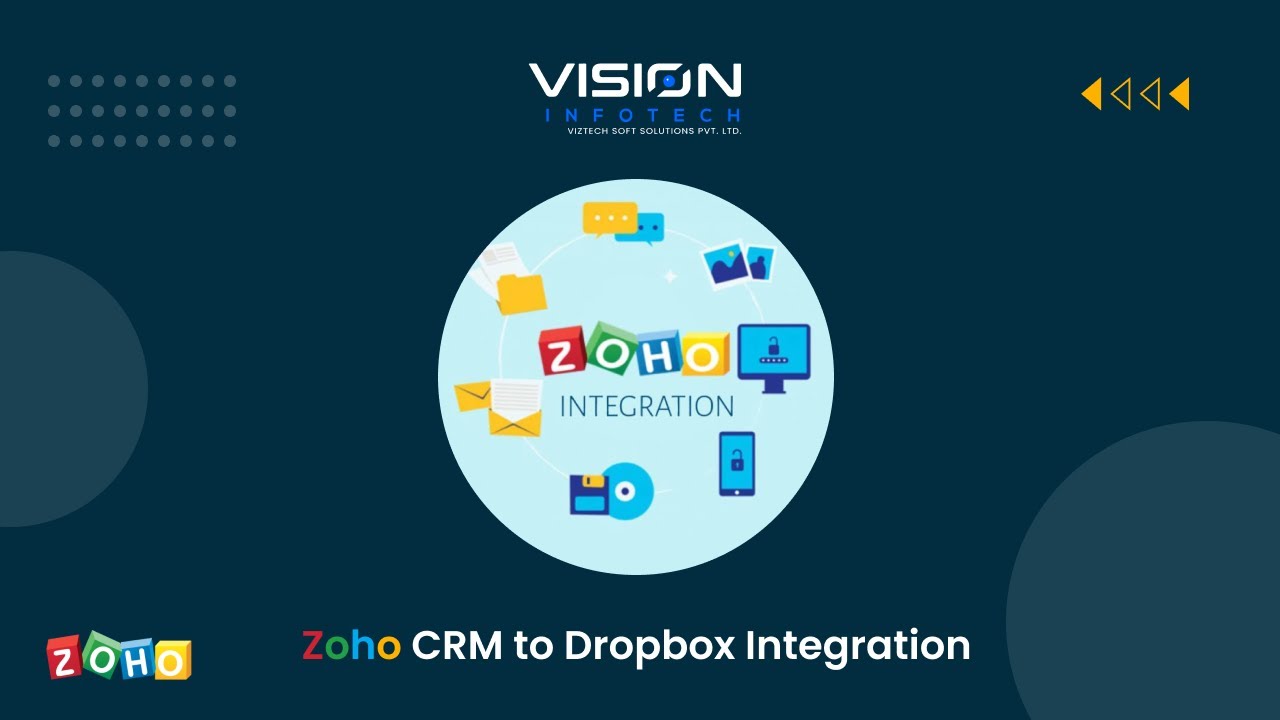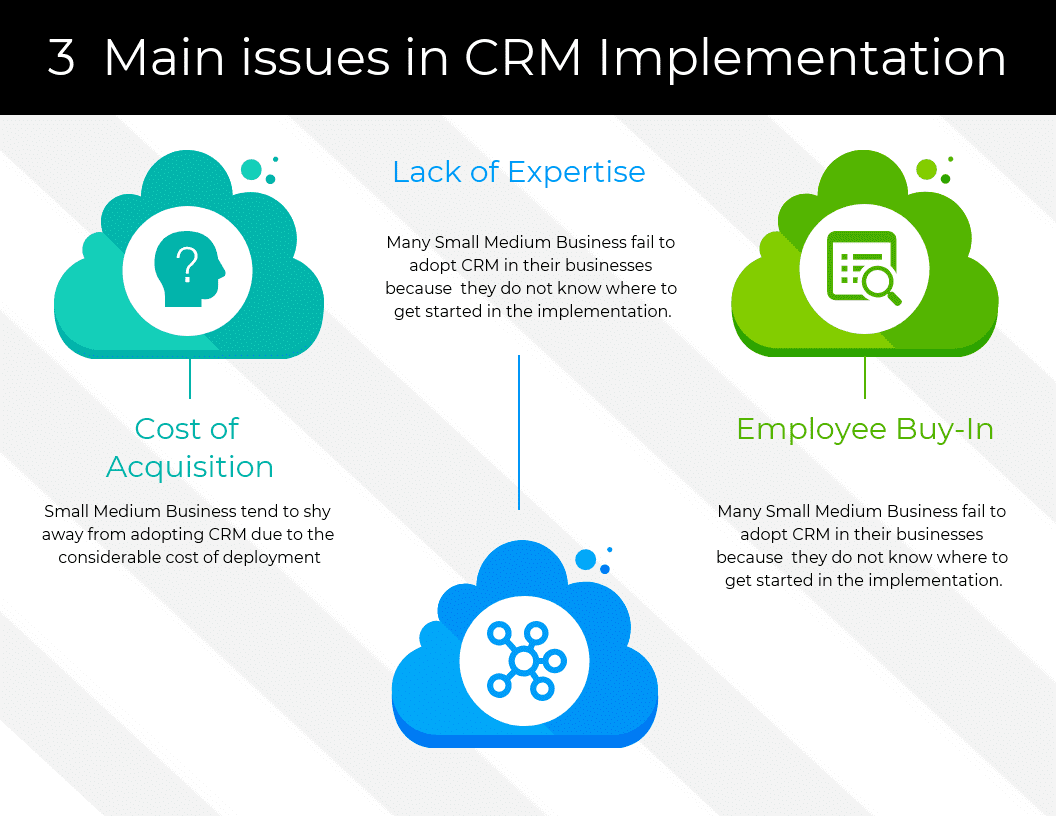Unlock Customer Loyalty: A Deep Dive into CRM, Marketing, and Rewarding Experiences
The Power of Loyalty: Why It Matters in Today’s Market
In a world saturated with choices, customer loyalty is no longer a given. Businesses are constantly vying for attention, and customers have more options than ever. This is where the art of customer relationship management (CRM), strategic marketing, and well-crafted loyalty rewards programs converge to create a powerful engine for sustained success. It’s about building relationships, not just making sales. It’s about fostering a sense of belonging, not just offering products. It’s about recognizing and appreciating the people who keep your business thriving.
The benefits of cultivating loyal customers are numerous and well-documented. Loyal customers tend to spend more, become brand advocates, and are less price-sensitive. They also provide invaluable feedback and act as a buffer during challenging times. In short, loyal customers are the bedrock of a thriving business. This article will explore how businesses can harness the power of CRM, marketing, and loyalty rewards to build and maintain these crucial relationships.
Understanding CRM: The Foundation of Customer-Centric Strategies
Customer Relationship Management (CRM) is more than just a software platform; it’s a philosophy. At its core, CRM is about understanding your customers, their needs, and their behaviors. It involves collecting, organizing, and analyzing customer data to gain insights that inform every aspect of your business, from marketing and sales to customer service.
Key Components of CRM
- Data Collection: This involves gathering information from various touchpoints, including website interactions, social media activity, email communications, and purchase history.
- Data Organization: CRM systems provide a central repository for all customer data, making it easy to access and manage.
- Data Analysis: CRM tools offer powerful analytics capabilities, allowing businesses to identify trends, segment customers, and personalize interactions.
- Automation: CRM systems can automate repetitive tasks, such as sending emails, scheduling appointments, and tracking sales leads, freeing up valuable time for your team.
Benefits of Implementing a CRM System
- Improved Customer Understanding: CRM provides a 360-degree view of each customer, enabling businesses to understand their preferences, needs, and behaviors.
- Enhanced Customer Service: With a CRM system, customer service representatives can quickly access customer information and provide personalized support.
- Increased Sales Efficiency: CRM helps sales teams manage leads, track opportunities, and close deals more effectively.
- Better Marketing ROI: CRM enables marketers to segment customers, personalize campaigns, and track the performance of their marketing efforts.
- Streamlined Processes: CRM automates many manual tasks, freeing up employees to focus on more strategic initiatives.
Choosing the right CRM system is crucial. Consider your business size, industry, and specific needs. There are many options available, ranging from simple, cloud-based solutions to complex, enterprise-level platforms. Research different systems, compare features, and read reviews before making a decision. Remember, the best CRM system is the one that best fits your unique requirements.
Marketing Strategies That Fuel Loyalty
Marketing plays a vital role in building and maintaining customer loyalty. It’s not just about promoting products or services; it’s about creating meaningful connections and providing value to your customers. Effective marketing strategies resonate with customers, communicate brand values, and foster a sense of community.
Personalization: The Key to Relevance
In today’s world, customers expect personalized experiences. Generic marketing messages simply don’t cut it anymore. CRM systems provide the data needed to personalize marketing efforts, such as:
- Personalized Emails: Send emails that address customers by name, recommend products based on their past purchases, and offer exclusive deals.
- Targeted Advertising: Use CRM data to target advertising campaigns to specific customer segments based on their demographics, interests, and behaviors.
- Website Personalization: Customize website content based on customer preferences and browsing history.
Content Marketing: Providing Value and Building Trust
Content marketing involves creating and sharing valuable, relevant, and consistent content to attract and engage your target audience. This can include blog posts, articles, videos, infographics, and social media updates. When done well, content marketing builds trust, positions your business as a thought leader, and drives customer loyalty.
Social Media Marketing: Connecting with Customers
Social media is a powerful tool for building relationships and fostering a sense of community. Engage with your customers on social media platforms, respond to their comments and questions, and share valuable content. Run contests, polls, and giveaways to increase engagement and generate excitement.
Email Marketing: Staying Top of Mind
Email marketing remains a highly effective way to communicate with your customers and nurture relationships. Segment your email list based on customer data and send targeted emails that provide value, offer exclusive deals, and keep your brand top of mind. Consider using email automation to send welcome emails, abandoned cart emails, and other automated messages.
The Importance of Consistent Branding
Consistency is key when it comes to branding. Your brand should be easily recognizable and consistent across all touchpoints, including your website, social media profiles, email communications, and marketing materials. This helps build trust and reinforces your brand identity.
Designing Rewarding Loyalty Programs
Loyalty programs are a powerful tool for rewarding and retaining customers. They incentivize repeat purchases, encourage brand advocacy, and provide valuable customer data. A well-designed loyalty program should be easy to understand, valuable to customers, and aligned with your brand values.
Types of Loyalty Programs
- Points-Based Programs: Customers earn points for every purchase, which they can redeem for rewards, such as discounts, free products, or exclusive experiences.
- Tiered Programs: Customers are assigned to different tiers based on their spending or engagement level. Each tier offers different rewards and benefits, encouraging customers to move up the ranks.
- Cash-Back Programs: Customers earn a percentage of their spending back in the form of cash or store credit.
- Subscription Programs: Customers pay a recurring fee to receive exclusive benefits, such as discounts, free shipping, or access to premium content.
- Gamified Programs: Incorporate game mechanics, such as challenges, badges, and leaderboards, to increase engagement and make the program more fun.
Key Elements of a Successful Loyalty Program
- Clear and Simple Rules: The program should be easy to understand and participate in.
- Attractive Rewards: Offer rewards that are valuable to your customers and aligned with their interests.
- Easy Redemption: Make it easy for customers to redeem their rewards.
- Personalization: Tailor the program to individual customer preferences and behaviors.
- Seamless Integration: Integrate the program with your CRM system and other marketing tools.
- Regular Communication: Keep customers informed about their points balance, rewards, and program updates.
Measuring the Success of Your Loyalty Program
Track key metrics to measure the effectiveness of your loyalty program, such as:
- Enrollment Rate: The percentage of customers who sign up for the program.
- Engagement Rate: The level of customer participation in the program.
- Redemption Rate: The percentage of points or rewards that are redeemed.
- Customer Retention Rate: The percentage of customers who remain loyal over time.
- Customer Lifetime Value: The total revenue generated by a customer over their relationship with your business.
- Net Promoter Score (NPS): A measure of customer loyalty and advocacy.
Analyze these metrics regularly and make adjustments to the program as needed to optimize its performance.
Integrating CRM, Marketing, and Loyalty Rewards: A Synergistic Approach
The true power of CRM, marketing, and loyalty rewards lies in their integration. When these elements work together seamlessly, they create a powerful ecosystem for building customer loyalty and driving business growth.
Leveraging CRM Data for Targeted Marketing
Use CRM data to segment your customer base and personalize your marketing campaigns. For example, you can target customers who haven’t made a purchase in a while with a special offer or send exclusive deals to your most loyal customers. CRM data allows you to deliver the right message to the right customer at the right time.
Personalizing Loyalty Program Experiences
Use CRM data to personalize the loyalty program experience. For example, you can offer birthday rewards, recommend products based on past purchases, and provide personalized customer service. Personalization makes customers feel valued and appreciated, increasing their loyalty.
Automating Loyalty Program Communication
Automate communication with your loyalty program members using your CRM system. Send automated emails to welcome new members, remind them of their points balance, and notify them of special offers. Automation saves time and ensures that your customers receive timely and relevant information.
Tracking the Impact of Loyalty Programs on Marketing ROI
Use your CRM system to track the impact of your loyalty program on your marketing ROI. Measure the revenue generated by loyalty program members, track their engagement with your marketing campaigns, and calculate their lifetime value. This data will help you understand the effectiveness of your loyalty program and make data-driven decisions to optimize its performance.
Best Practices for CRM, Marketing, and Loyalty Rewards
To maximize the effectiveness of your CRM, marketing, and loyalty rewards efforts, consider these best practices:
- Focus on Customer Experience: Prioritize creating a positive customer experience at every touchpoint.
- Collect and Analyze Data: Continuously collect and analyze customer data to gain insights and improve your strategies.
- Personalize Everything: Tailor your marketing messages, loyalty program experiences, and customer service interactions to individual customer preferences.
- Be Transparent and Honest: Build trust by being transparent and honest with your customers.
- Be Consistent: Maintain a consistent brand identity and messaging across all channels.
- Be Responsive: Respond promptly to customer inquiries and feedback.
- Continuously Innovate: Stay up-to-date on the latest trends and technologies and continuously innovate your strategies.
- Train Your Team: Ensure that your team is well-trained on your CRM system, marketing strategies, and loyalty program.
Real-World Examples of Successful CRM, Marketing, and Loyalty Programs
Let’s look at a few examples of businesses that have successfully integrated CRM, marketing, and loyalty rewards to build customer loyalty:
Starbucks
Starbucks has one of the most successful loyalty programs in the world. Their program, Starbucks Rewards, allows customers to earn stars for every purchase, which they can redeem for free drinks, food, and merchandise. The Starbucks app provides a seamless experience, allowing customers to order and pay in advance, track their stars, and receive personalized offers. Starbucks uses CRM data to personalize its marketing campaigns and provide a highly customized customer experience.
Sephora
Sephora’s Beauty Insider program offers a tiered rewards system, with different benefits for each tier. Customers earn points for every purchase, which they can redeem for samples, products, and exclusive experiences. Sephora uses its CRM system to track customer data, personalize recommendations, and send targeted marketing messages. The program is highly successful in driving repeat purchases and building customer loyalty.
Amazon
Amazon Prime is a subscription-based loyalty program that offers a wide range of benefits, including free shipping, access to streaming content, and exclusive deals. Amazon uses its CRM system to personalize recommendations, track customer behavior, and provide a seamless shopping experience. Prime has become a cornerstone of Amazon’s success, driving customer loyalty and increasing sales.
The Future of Loyalty: Trends to Watch
The landscape of CRM, marketing, and loyalty rewards is constantly evolving. Here are some trends to watch:
- Artificial Intelligence (AI): AI is being used to personalize customer experiences, automate marketing campaigns, and predict customer behavior.
- Mobile-First Strategies: With the rise of mobile devices, businesses are focusing on mobile-first strategies to engage with customers.
- Gamification: Gamification is being used to make loyalty programs more engaging and fun.
- Personalized Experiences: Customers expect highly personalized experiences, and businesses are using data to deliver them.
- Data Privacy: Data privacy is becoming increasingly important, and businesses must be transparent about how they collect and use customer data.
Staying ahead of these trends will be crucial for businesses looking to build and maintain customer loyalty in the future.
Conclusion: Building a Loyal Customer Base for Long-Term Success
Building customer loyalty is an ongoing process that requires a strategic approach. By implementing a robust CRM system, developing effective marketing strategies, and designing rewarding loyalty programs, businesses can cultivate strong customer relationships and drive long-term success. Remember to focus on customer experience, personalize your interactions, and continuously adapt to the changing landscape. The rewards of a loyal customer base are immeasurable, including increased revenue, brand advocacy, and a strong foundation for future growth. Embrace the power of CRM, marketing, and loyalty rewards, and you’ll be well on your way to building a thriving business built on the foundation of lasting customer relationships.




